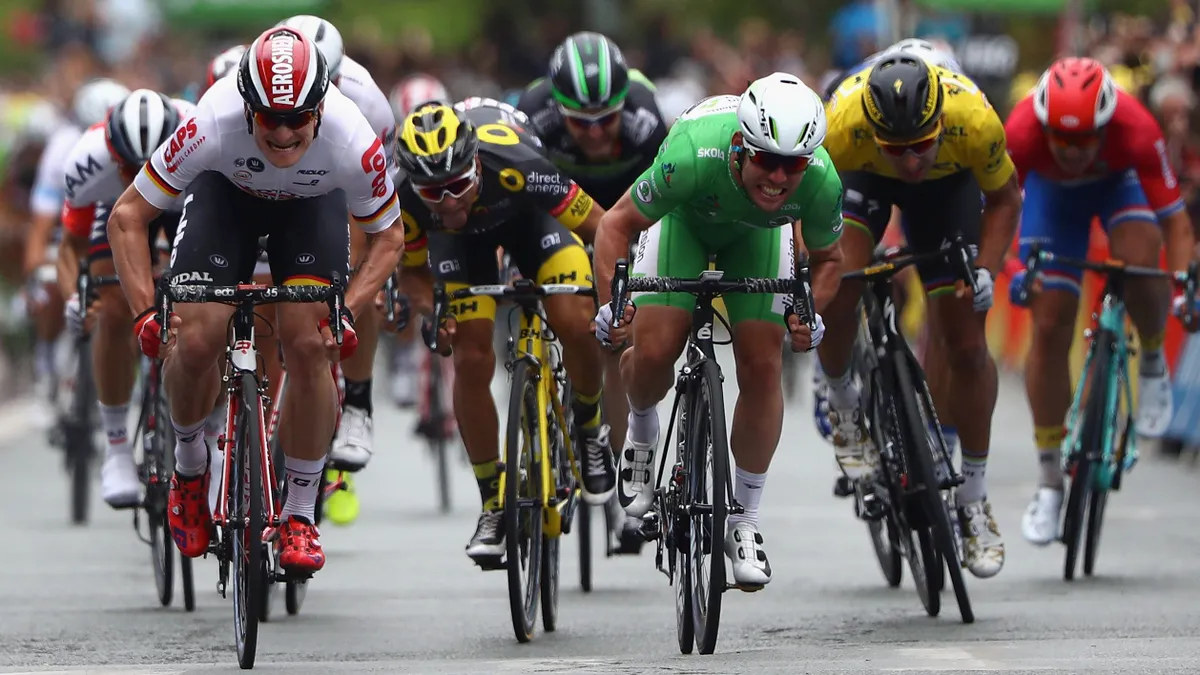Optimum pedalling style is one of the eternal debates of cycling. Is it better to spin quickly, or grind away in a big gear? Should you climb seated or standing? While most studies are still inconclusive, we've gathered six examples from the world of pro cycling for you to try.
Cycling has a fixed range of limb movement due to the cranks controlling the circular motion the feet and legs can take. Muscle movement patterns and styles are much closer between pro cyclists than they are within a group of elite runners, for example.
- How to use clipless pedals
- Three ways to pedal faster
- The Body Mechanic: Stop pulling up on your pedals
However, just watching the smoothness of two-time Tour de France winner Alberto Contador, compared to the bent-elbowed, out-of-the-saddle style of 2007 runner-up Cadel Evans, it's clear that riders prefer varying amounts of in and out of the saddle riding going uphill.
The big question therefore is: should you ride in or out of the saddle? When riding flatter terrain, pro riders often seek a cadence that will give them the best pedalling efficiency — some push bigger gears, other spin fast. Again, the question of how to pedal is often on the lips of beginners and experienced riders alike.
1. For short-term efforts, try pulling upwards on the pedals

Research on the effect of pedalling technique on mechanical effectiveness and efficiency in cyclists [Korff et al, 2007] suggested that riders were able to alter the mechanics of their pedalling by being verbally coached to alter their pedal style. Actively pulling upwards at the back of the pedal stroke can increase power to the crank, but efficiency will be reduced. The riders were most efficient using the pedal action they felt most at home with.
So according to this research, active thought on your style (pull up, scrape, throw, push) does not actually make you any more efficient. This was only a short-term study and more research needs to be done to see if riders can learn to get more from the miles.
However, if you need more short-term effort and you're not worried about losing more energy as a result, pulling upwards at the back of the stroke will help.
2. It's easier to switch climbing styles the fitter you become

Does that mean jump in and out of the saddle? A 2001 study on level ground and uphill cycling efficiency in seated and standing positions data [Millet, G. et al] looked at riders' efficiency during seated velodrome riding and on 5% gradient climbing in and out of the saddle.
Despite increases in heart rate of around 8 bpm (beats per minute) and an increase in breathing of 10% between out of the saddle and seated climbing, riders did not differ in efficiency when they adopted their preferred riding cadence.
Climbing cadence for the 5% grade was around 60rpm (revolutions per minute), seated or standing. However, to achieve the same power output on the flat as climbing (280-290 watts), cadence was around 90rpm. These were not riders who liked to climb at a high cadence, like 100rpm, but they were fit and rode regularly so perhaps one of the choices that achieving a level of riding fitness gives you is the chance to choose whether you climb in or out of the saddle.
3. Hit the weights room
A 2005 study on untrained subjects who weight-trained, and did not even touch a bike, showed they improved cycling efficiency over eight weeks [Loveless, D.J. et al]. The report authors believed that the effect was due to neural adaptations.
4. Riding at lower efforts reduces efficiency

Conversely, data from UK-based research has also shown that just one hour of riding at 60% effort reduces riding efficiency by almost 2%, reducing a 5-minute time trial effort from 322 to 310 watts [Pasfield, L. & Doust, H.H., 2000]. So, the nervous system can easily be taught to improve from an untrained status, but it may also lose efficiency in longer periods of riding — our efficiency can vary from minute to minute, month to month.
5. Cut your cadence on the climbs

Data from seven pro cyclists during the 1999 season covering the Tour, Giro and Vuelta showed that cadence usually dropped on climbs to 60-80rpm [Lucia, A. et al, 2001]. In flat peloton-based stages and individual time trials, cadence averaged 80-99rpm. Spin when riding against the clock or in a group but lower the revs when you climb for longer periods.
This goes against the 100rpm climbing method, so one size does not fit all. Try varying cadences to see what works for you. At the very least it will stimulate your muscles and nervous system differently, most likely causing some positive changes in cycling efficiency.
6. For short periods, a lower cadence is more efficient
Despite the numbers quoted above, the most efficient cadences are lower than those that most cyclists instinctively ride at. Why? Well, it's not just about oxygen cost but also the perception of muscle effort and the nervous system feedback the rider receives. Optimal pedal rate in oxygen terms is about 60-70rpm (or lower), but measures of muscle electrical discharge show better efficiency at 80-90rpm [Takaishi, T. et al, 1996].
You can probably get away with very small periods of lower rpm riding, but in day-to-day riding, racing and training the higher cadence band of 70 to 100rpm is the preferred starting point. Where you are in that zone depends on a lot of factors, but aim for better efficiency today.
